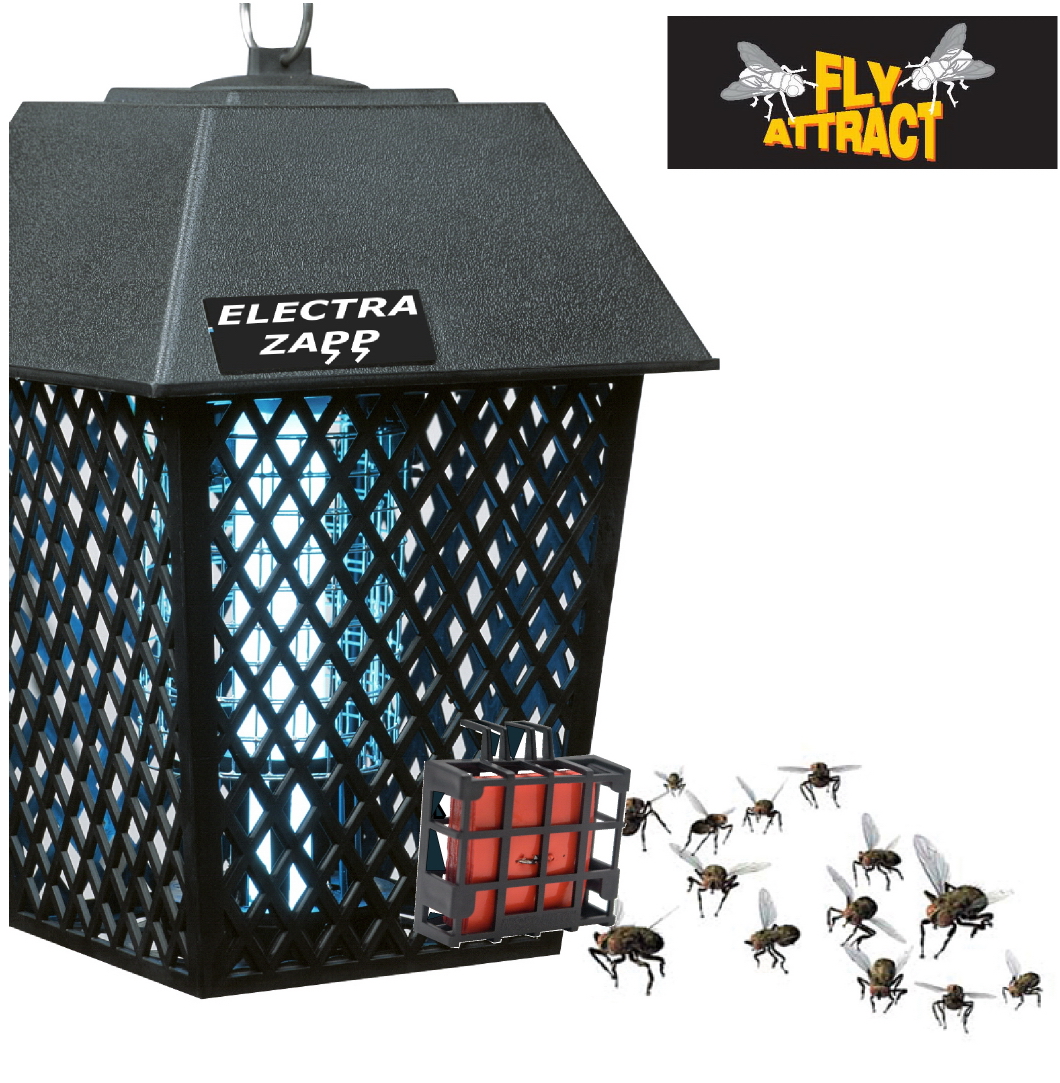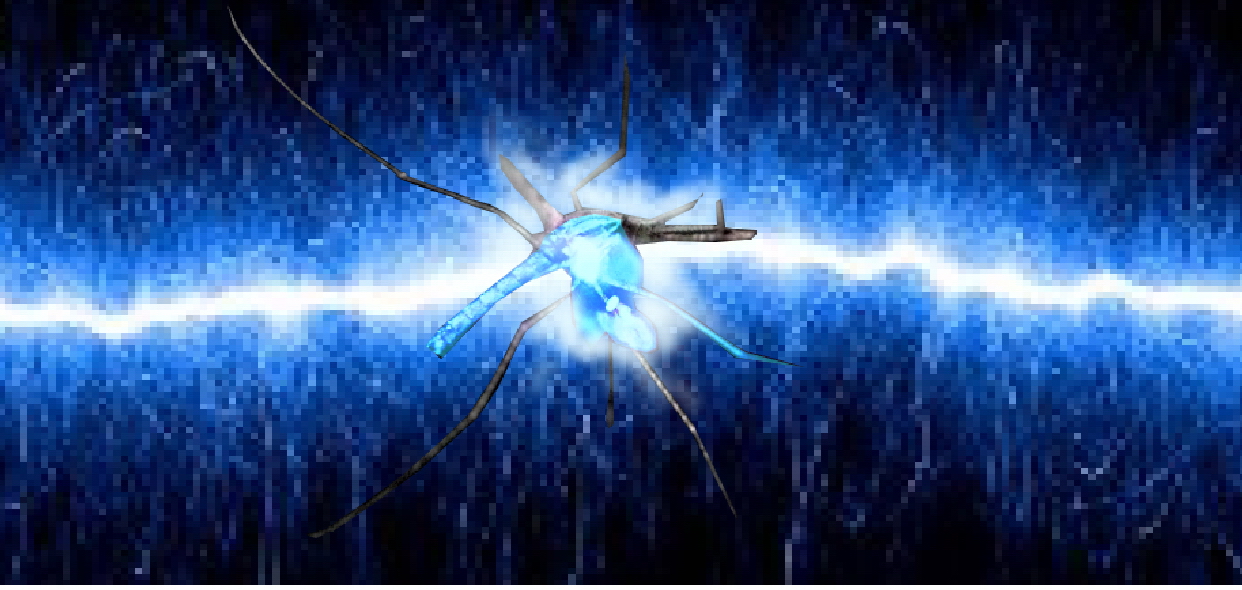
NEW PRODUCT ALERT!!!!! FLY ATTRACT LURE
New Fly lure arrives just in time for summer. We are excited to launch an addition to our range of insect lures, the Fly Attract

Safety is paramount during the design of our bug zappers. Don’t spend time worrying about unsafe bug zappers…. Keep reading to make sure your bug zapper is safe and working effectively.
Unplug your bug zapper so there is no power supply to the grid. Using a long handle paint brush, gently brush away dead insects. In doing so, be careful not to push the grid out of alignment.
An alternative method to remove dead insects is by using an air-blower. If using the later method, it is best to remove the globe first. Once the grid is insect free the bug zapper is ready for use.
A clogged killing grid reduces the area available to kill insects and increases the risk of shorting the grid which inevitably stops the bug zapper from working.
Plug your bug zapper into the power socket and turn the power on. If the globe fails to illuminate, appears dull, flickers or has black ends, it is time to replace the globe.
Replacement globes are available from our website https://bugzapperlamps.com.au/bug-zapper-replacement-globes/ or through Bunnings Special Orders https://www.bunnings.com.au/special-orders-online
Replacement globe instructions are available on our website https://bugzapperlamps.com.au/globe-replacement-instructions/
Our range of Yard Guard, Stinger, Mozzie Attack Plus and Bug Destroyer outdoor bug zappers are weatherproof (IPX4) therefore suitable for permanent outdoor use. The plug and wall socket must however be undercover.
Position your bug zapper away from outdoor dining areas, open windows and doors. The best location for your bug zapper is on a balcony awning, in a tree or hanging post, away from where you spend time outdoors. Bug zappers attract bugs, so be careful not to attract more bugs to your outdoor living space by hanging your bug zapper too close to formerly mentioned areas. Finally, avoid installing your bug zapper above swimming pools spa baths or outdoor ponds and water features.
Remember, a bug zapper is only effective if the surface of its killing grid and light source are accessible to insects. Try not to position your bug zapper close to a wall, or behind furniture as this will limit the attracting capacity of the zapper.
IPX4 rating or higher means your bug zapper is weatherproof. Always check for this rating to ensure your bug zapper is safe to operate outside. Bug zappers that are not weatherproof should never be used outside. Non weatherproof bug zappers are an electrocution hazard if they get wet. If you are unsure of the weatherproof status of your bug zapper, check with the supplier.
Bug zappers purchased overseas or online may not meet Australian Safety Standards. Australian safety standards require bug zappers sold in Australia are constructed from flame retardant plastic. This type of plastic prevents bug zappers from catching fire from due to over heating or techincal faults. If you are uncertain about the flammability rating of your bug zapper, contact the supplier.
High voltage grids can provide an electric shock much like an electric fence . The voltage is high, but the amps are low. A zap from a bug zapper grid, will not kill you, but it will hurt. PCB units (like Stinger) have a residual charge on the killing grid. Never touch the killing grid with your fingers, even when the bug zapper is off. Only authorized electricians should access the grid. There is no reason the plastic cage of an outdoor bug zapper should be removed to access the grid. Outdoor bug zapper globes are replaced by accessing the bottom of the zapper. Never remove the hood on 240 volt outdoor lantern.
All of our bug zappers and constructed to prevent fingers (even children’s fingers) from squeezing through the plastic cage and toughing the grid. This is an Australian Standard for all 240 volt bug zappers, but not battery or rechargeable bug zappers.
Stay safe by following the steps outlined above and significantly reduce the insects around your home.

New Fly lure arrives just in time for summer. We are excited to launch an addition to our range of insect lures, the Fly Attract

Summer is fast approaching and to prepare for the sudden onslaught of bugs, we have prepared some safety tips to ensure your bug zapper works

Flying insects are a pest we encounter every day, but more often throughout summer and spring. They bite us, land on our food and make